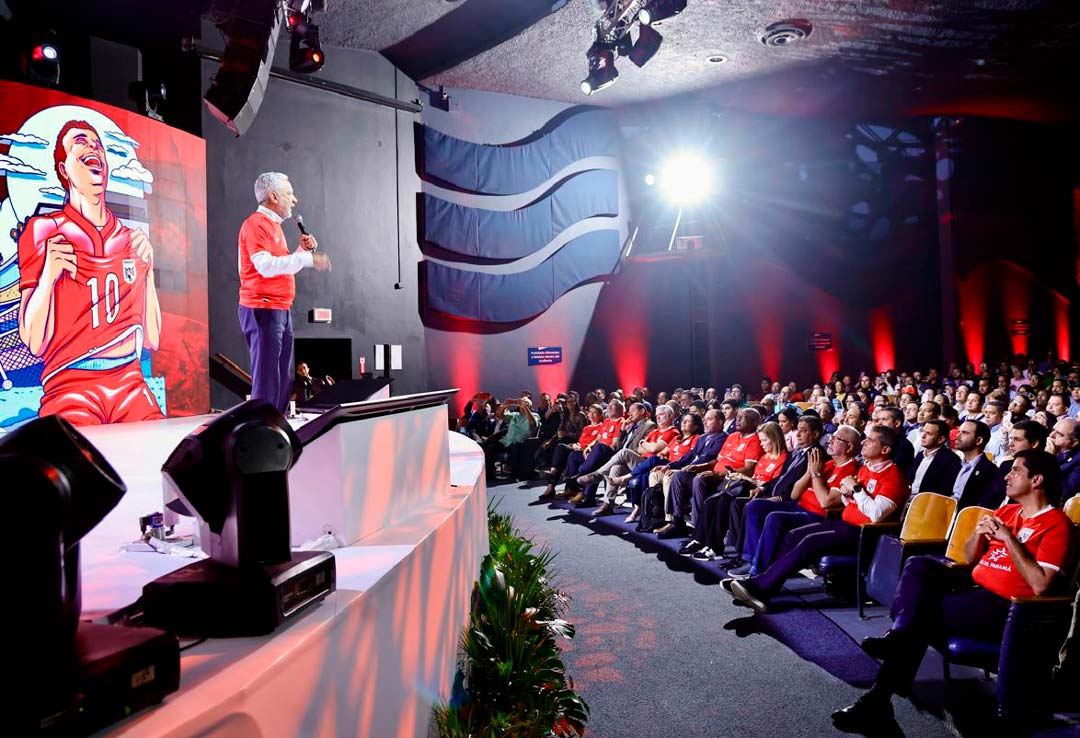Debunking solar energy myths

By Sven Lindström
SOLAR ENERGY has expanded in the last decade and is now an established and competitive source of renewable energy.
Despite this solar energy has been surrounded by myths, rumors and false facts. Here are some of the myths and facts.
Myth 1: It takes more energy to make a solar cell that is created in its life cycle Fact: Today, energy recovery for silicon solar cells is less than two years. For thin film solar cell energy recovery is less than a year. After that period, energy (CO2) is saved and accumulated over the remaining useful life of the solar cell (often 25 years).
Myth 2: Solar energy is not economically viable without subsidies. Reality: technological advances continue to make more efficient cells. Solar energy is now cheaper than electricity purchased (in most of the world where the sun shines. There has been a rapid decline in the cost of solar energy in the last 12 months to the point that it competes favorably with the cheapest fossil fuel. A utility owned by US billionaire Warren Buffet recently agreed a purchase price of 3.87 cents per kWh plant First Solar Nevada – probably the cheapest electricity prices in the United States and most of the world.
Myth 3: Once the “scam” of global warming is over, nobody will be interested in solar energy. Fact: Whether you believe in global warming or not – most people believe – photovoltaic solar energy is a very attractive way to generate electricity at a predictable cost. It is probably the cheapest way to generate electricity in sunny regions and provides energy independence way individuals, corporations and countries alike. It is also a potential creator of employment.
Myth 4: Solar energy will be attractive when Tesla or any other battery manufacturer begins mass production of cheap and efficient electricity storage batteries. Reality: Solar energy and has a very competitive cost. Cheap and efficient batteries strengthen its appeal, but the fact that solar energy is produced when required maximum (ie, in the middle of the day) makes energy solar less dependent on storage solutions that many other sources of energy.
Myth 5: cheap coal and the current energy mix (often dirty fossil fuels or nuclear) will continue to dominate global energy production in the foreseeable future. Reality: follow the money. Corporate bonds are being degraded on Wall Street, as their business models – based on the monopoly of power generation – are being challenged by the large amount of self-generated electricity. The cost of distributed power generation has declined significantly, and this has hurt public services for profit. In many countries, like Germany, solar energy has reached ‘grid parity’.
Myth 6: Solar cells are ugly and an eye sore for landscapes and urban areas. Fact: Current methods of installing traditional silicon solar panels on top of tiles changes the architectural expression of many old buildings in a negative way. But the trend BIPV (building integrated photovoltaic) brings solar cells brings to the neighborhood without anyone noticing. Thin films are very light and flexible, they can be very well integrated into the roofing materials solar panels resulting in not only aesthetically pleasing, but also low-cost installation.
Myth 7: Thin film solar cells are made by rare earth elements such as indium and in time we will run out of them. Fact: Indium, silicon, gallium, etc are basic chemical elements found in the periodic table and, as such are indestructible. They cannot “run out”, just change shape, location and application.
Myth 8: In the future everything will be powered by solar energy. Fact: The future will bring a diversified energy mix, like today. The portion of the renewable energy mix will grow, but there will still be a combination of solar, wind, hydroelectric and other energy sources.





